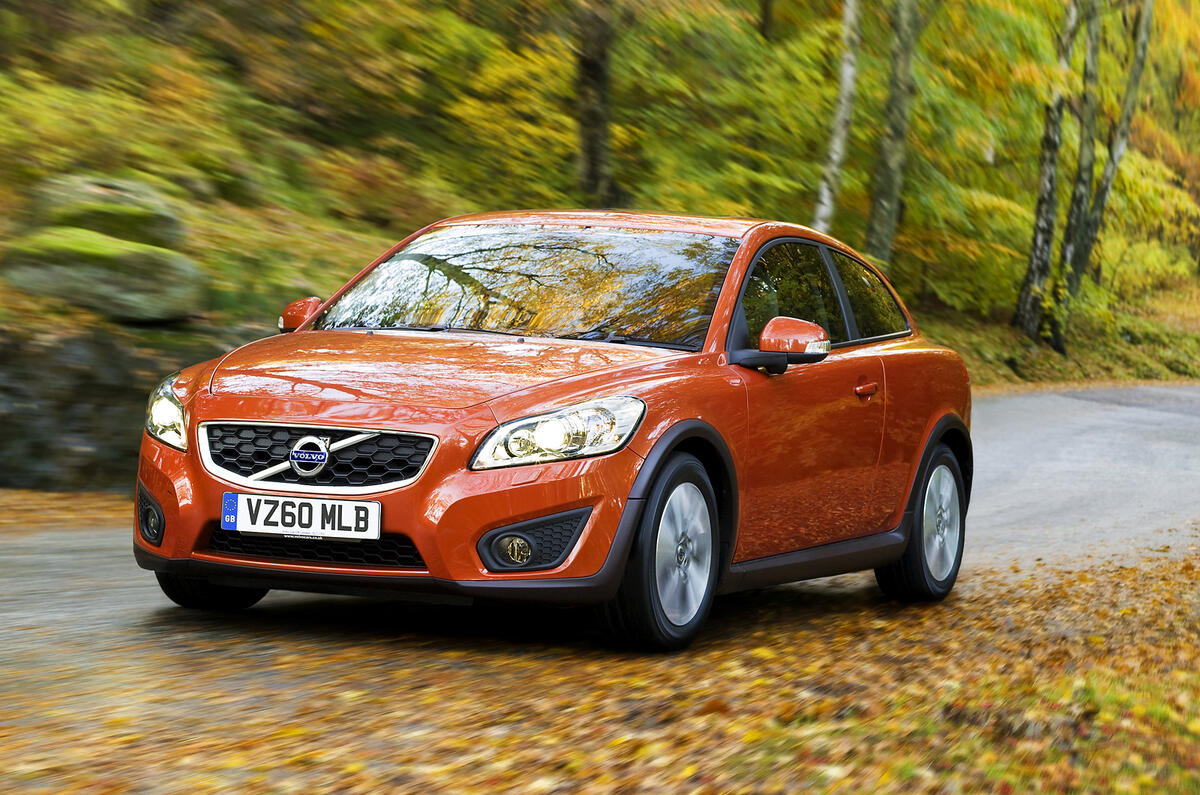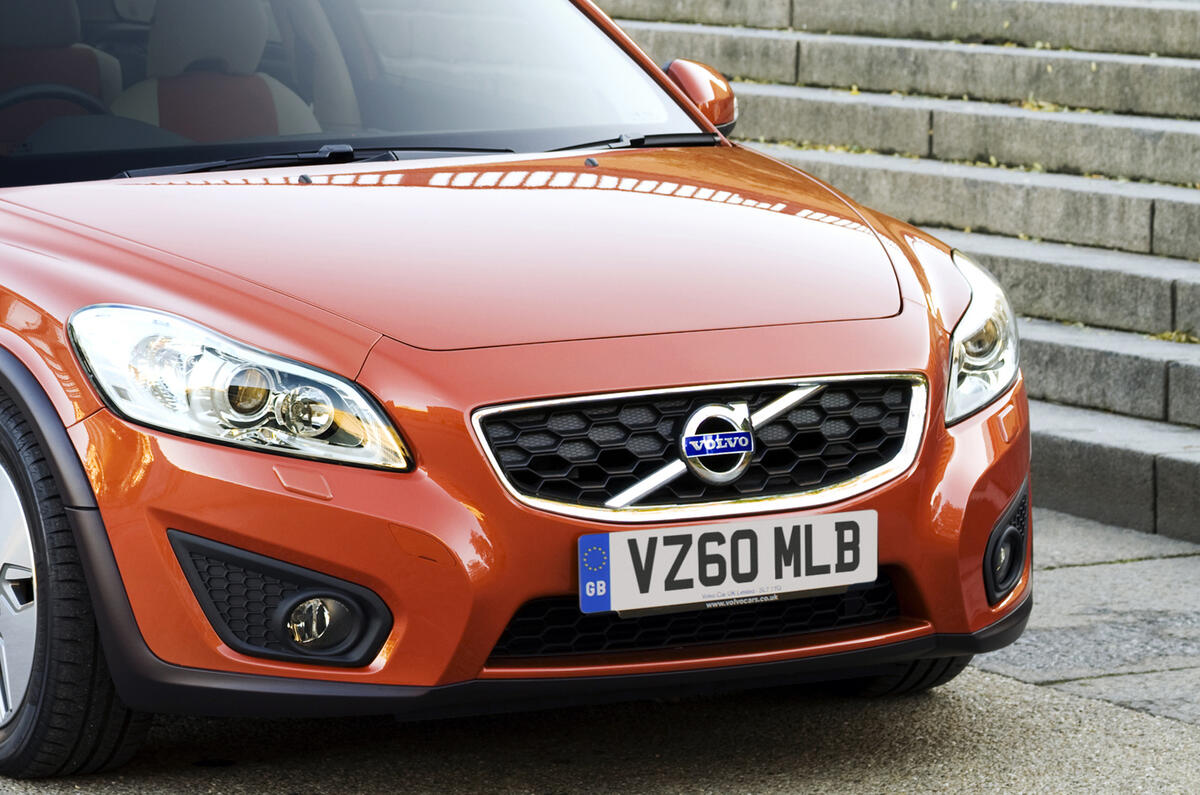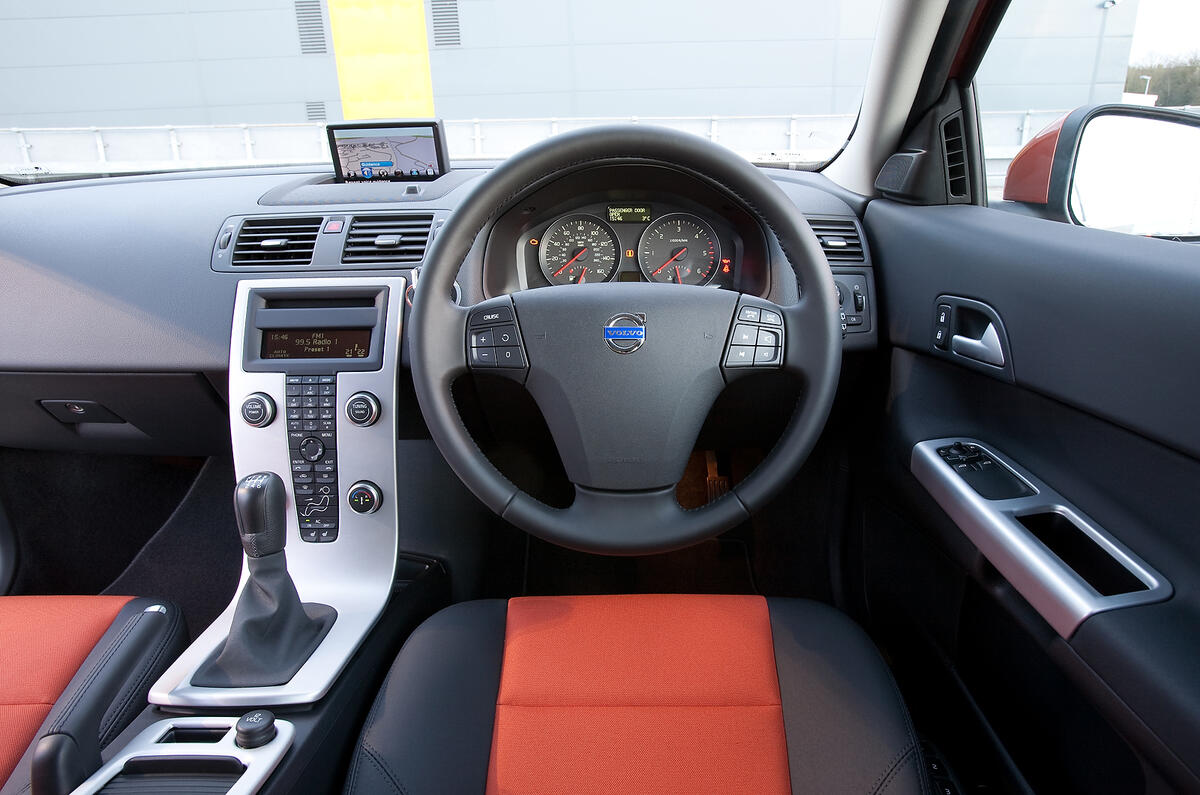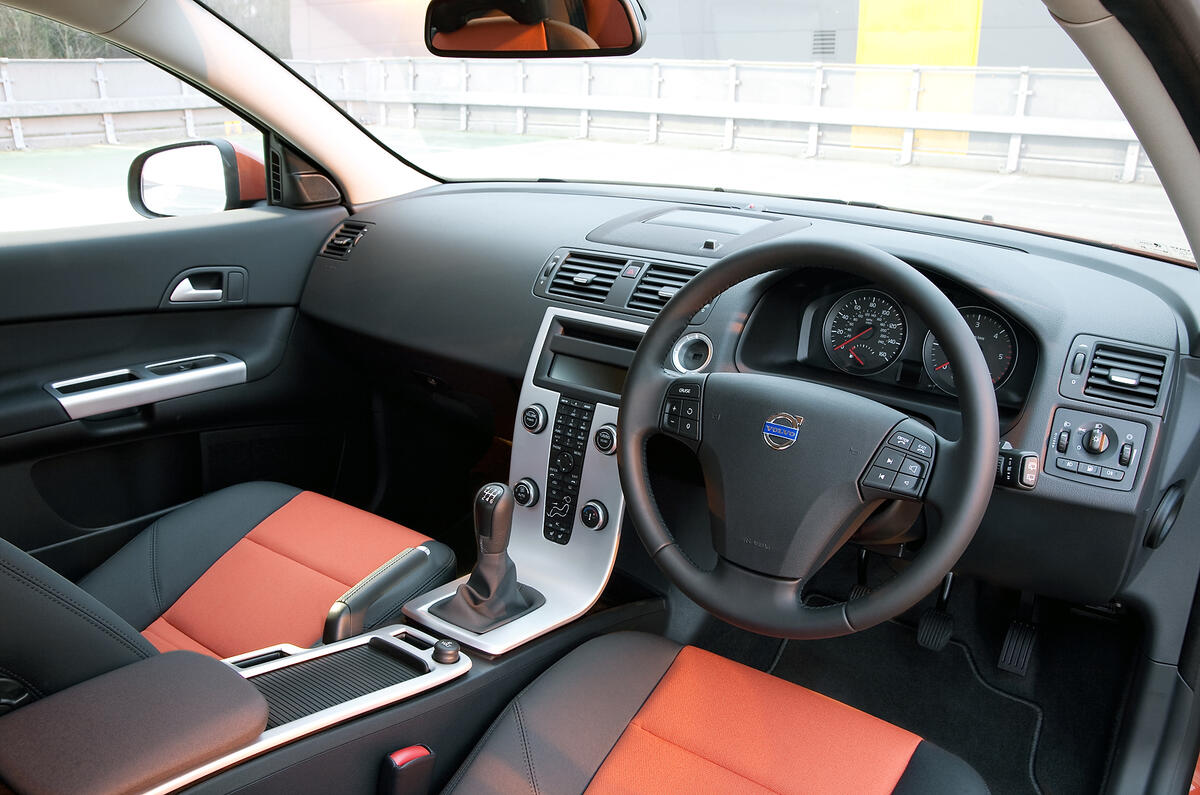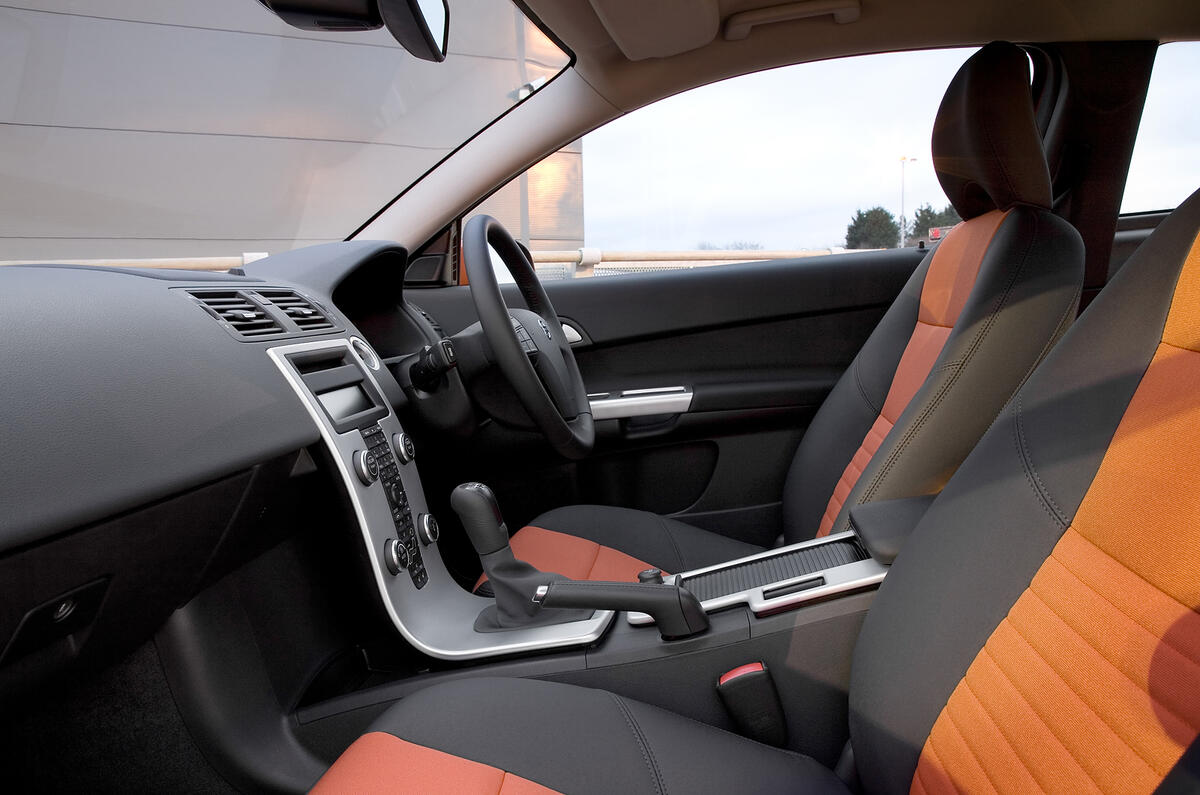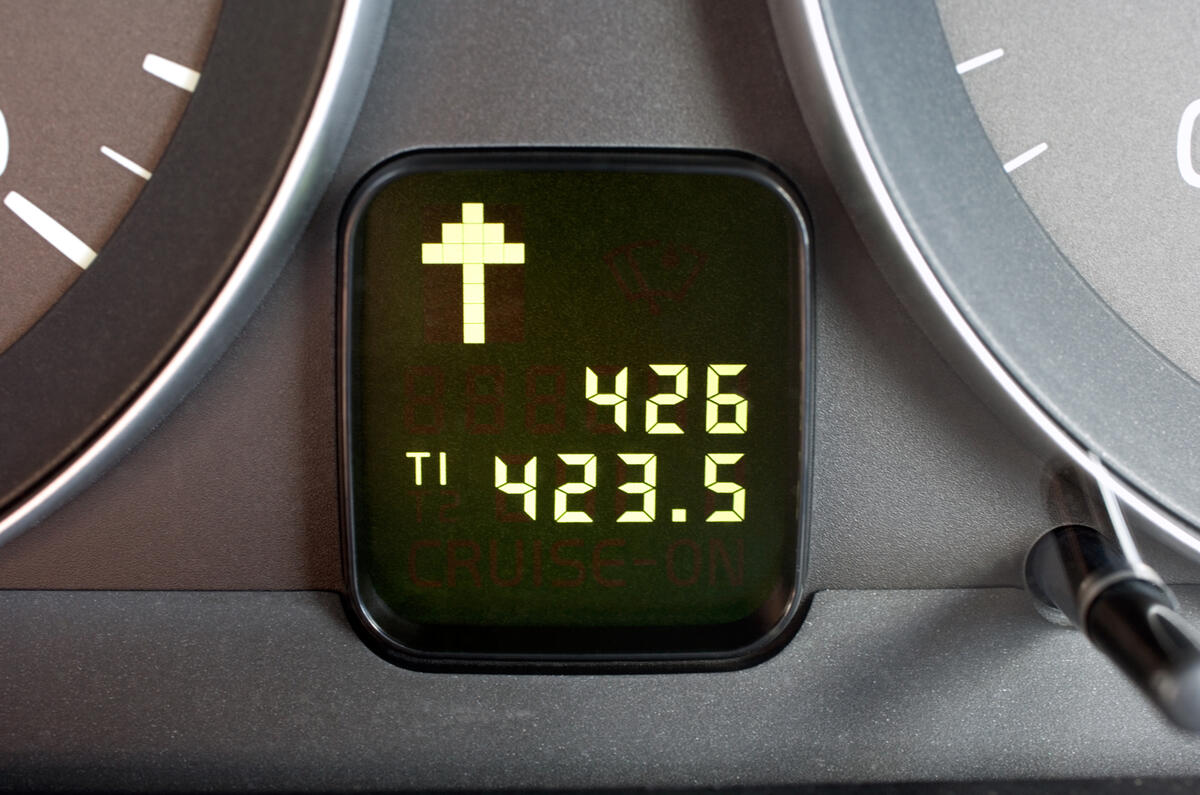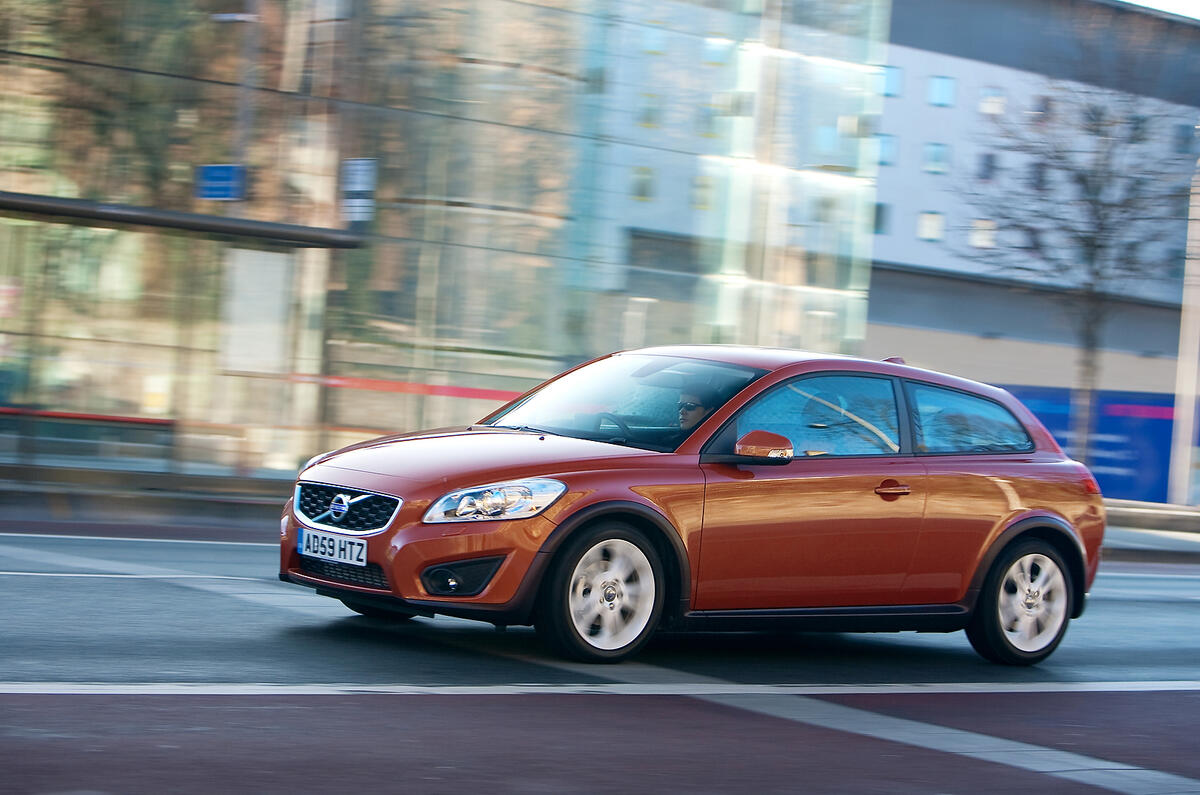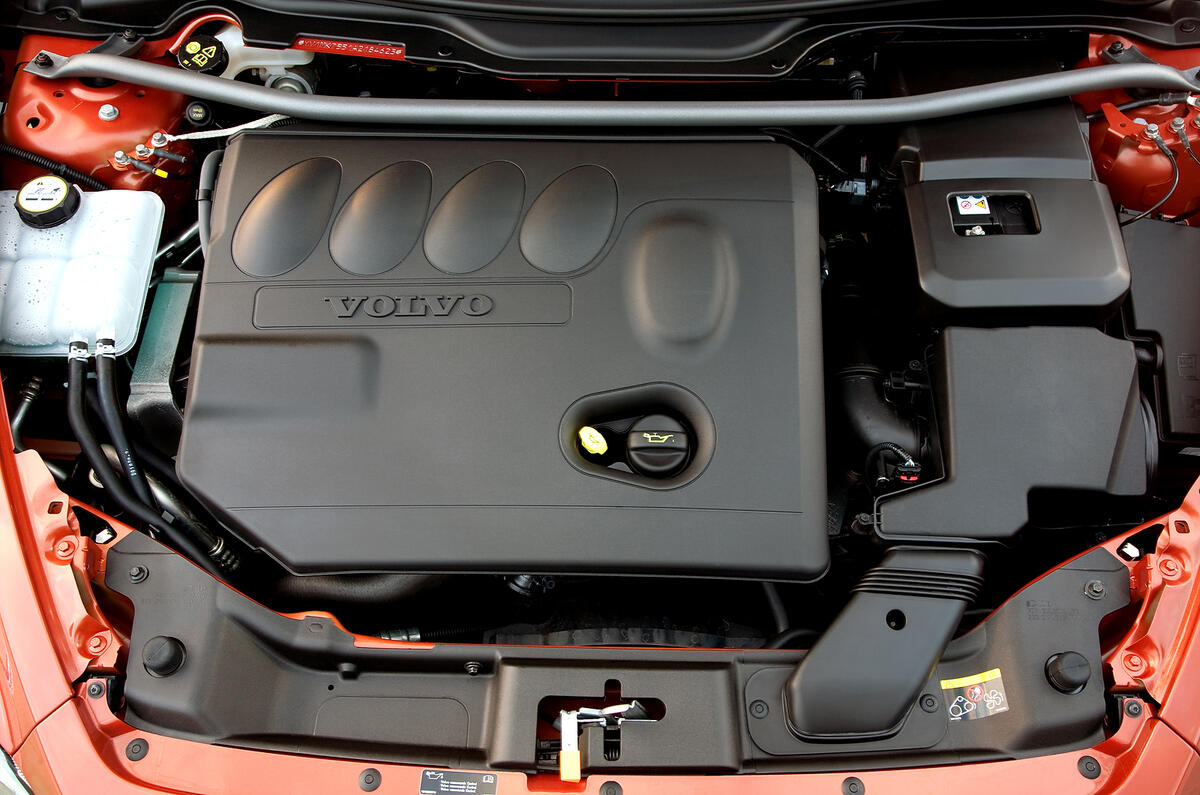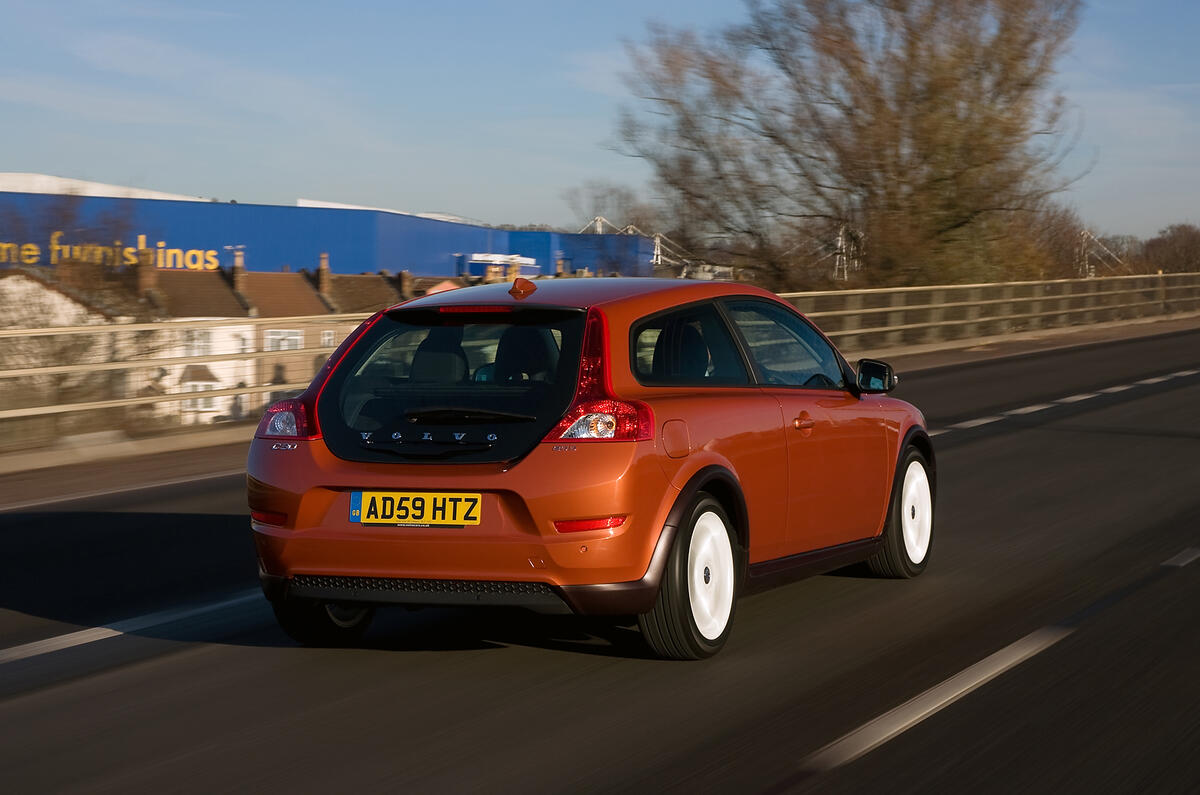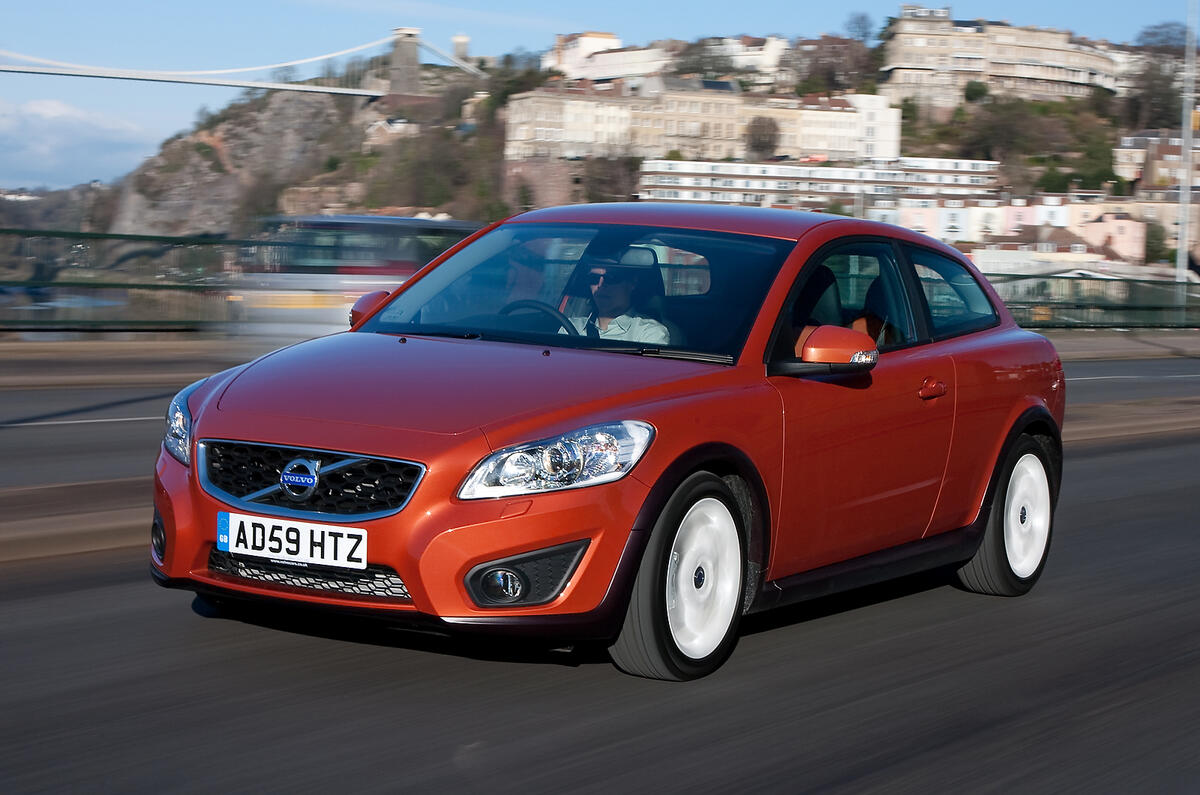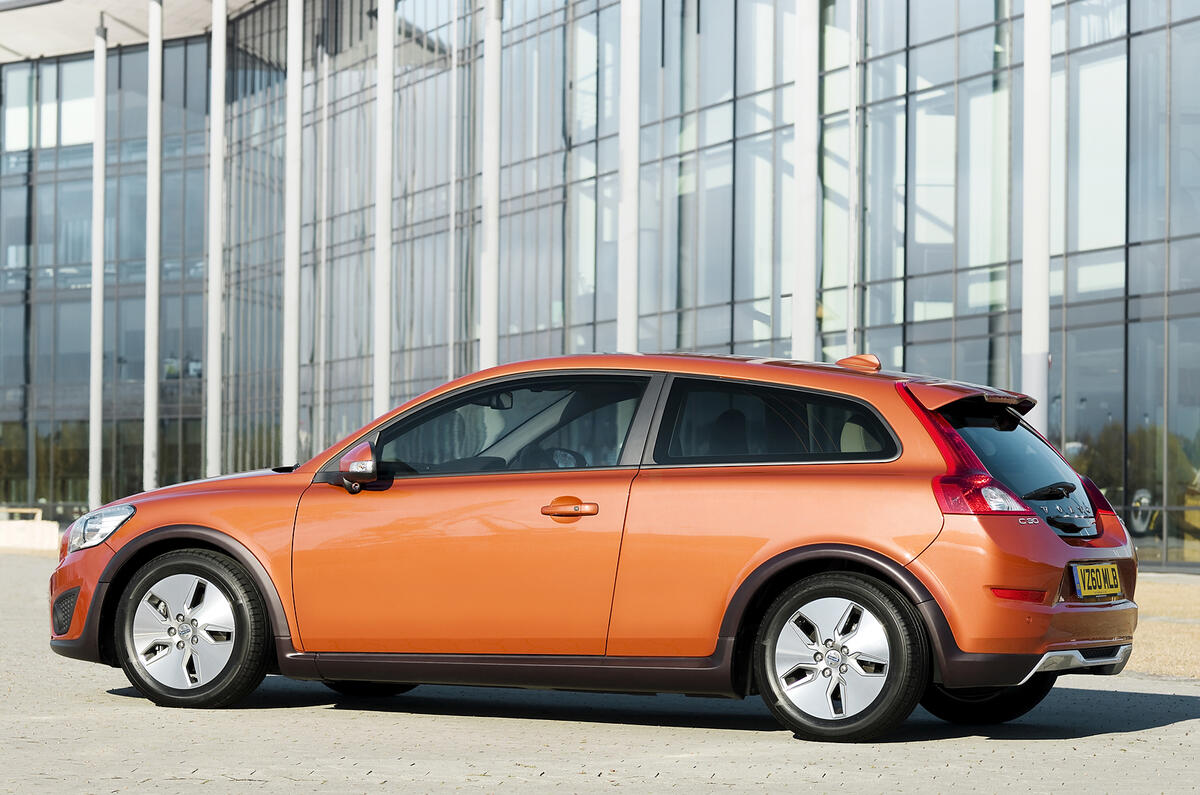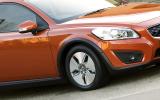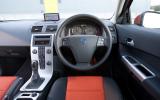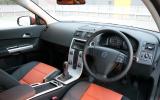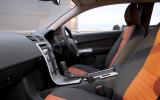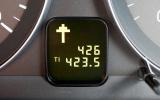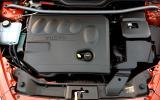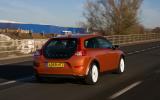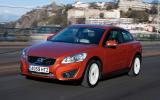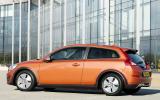The Volvo C30 is like no other current Volvo. It’s a premium three-door hatch that avoids traditional Volvo virtues such as space and practicality, replacing them with the more subjective draws of style and quality feel.
This is Volvo’s first three-door hatchback since the 480 of 1986 and, as far as Volvo’s concerned, it’s a sports coupé – but it’s not really. An Audi TT or Nissan 370Z is a sports coupé; the C30 is a trendy, fashionable premium hatch – think BMW 1 Series, Audi A3 or Mini.
The C30 was first shown as a concept at the Detroit motor show in 2005, that project in turn derived from Volvo’s 2001 SCC (Safety Concept Car). Visually, it has made it through to production wonderfully and unusually intact.
The concept’s four individual seats, small glass tailgate and gently tapering top half, with broad lower shoulders have all been retained on the production car. Volvo’s designers drew heavily on the 1800ES shooting brake from 1971, but despite echoing its heritage, the C30 is not a retro car in any sense of the word.
None of these features helps practicality, usually a key attribute for a C-segment hatch, but Volvo is aiming the C30 squarely at singles or couples without kids and with little need for the additional flexibility of a boot and five seats.
That’s not a traditional market for Volvo, but extending the appeal of its models – and therefore its customer base – is key for the marque’s expansion.


